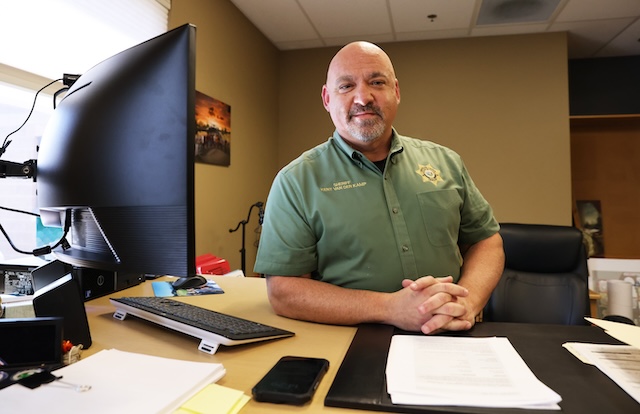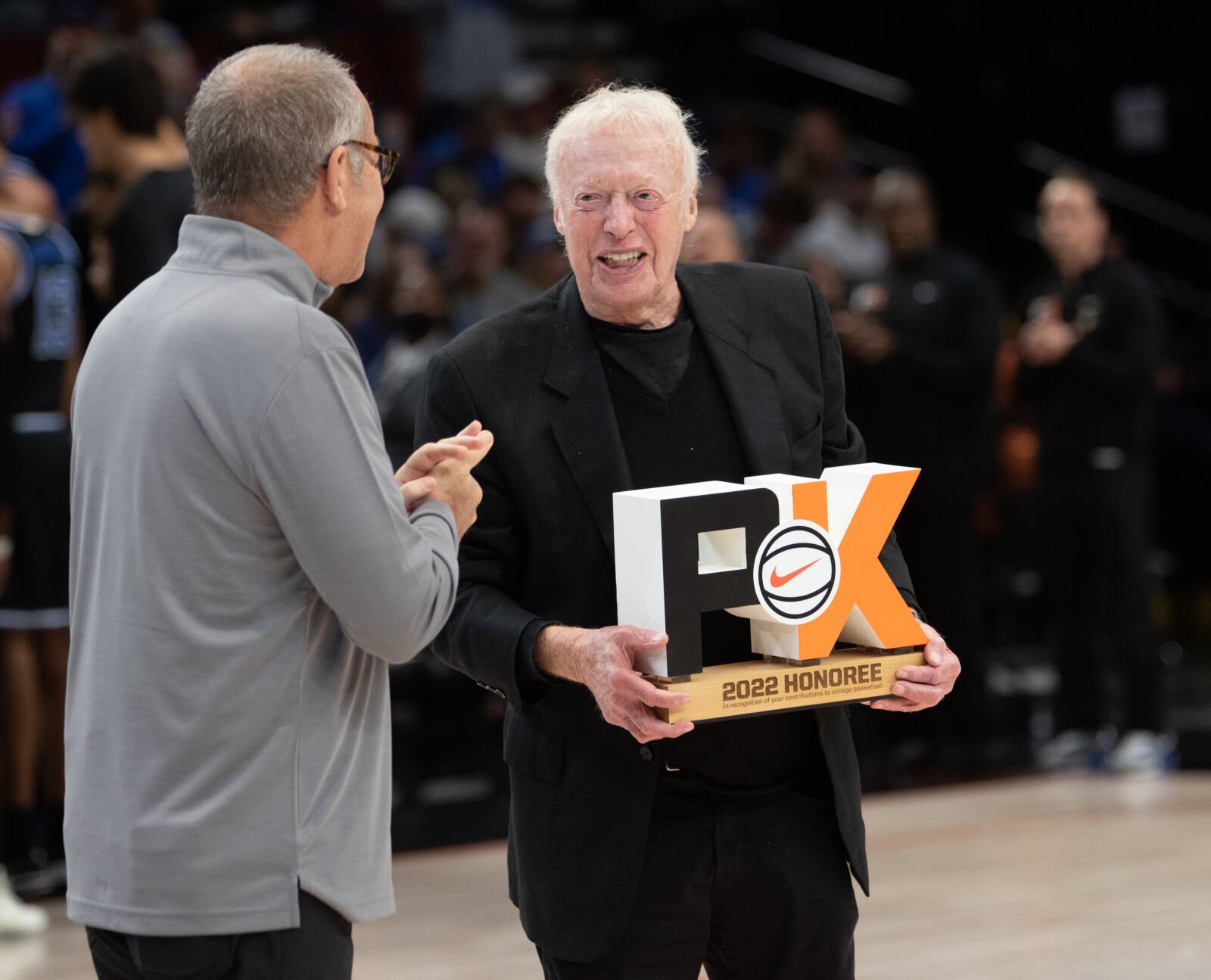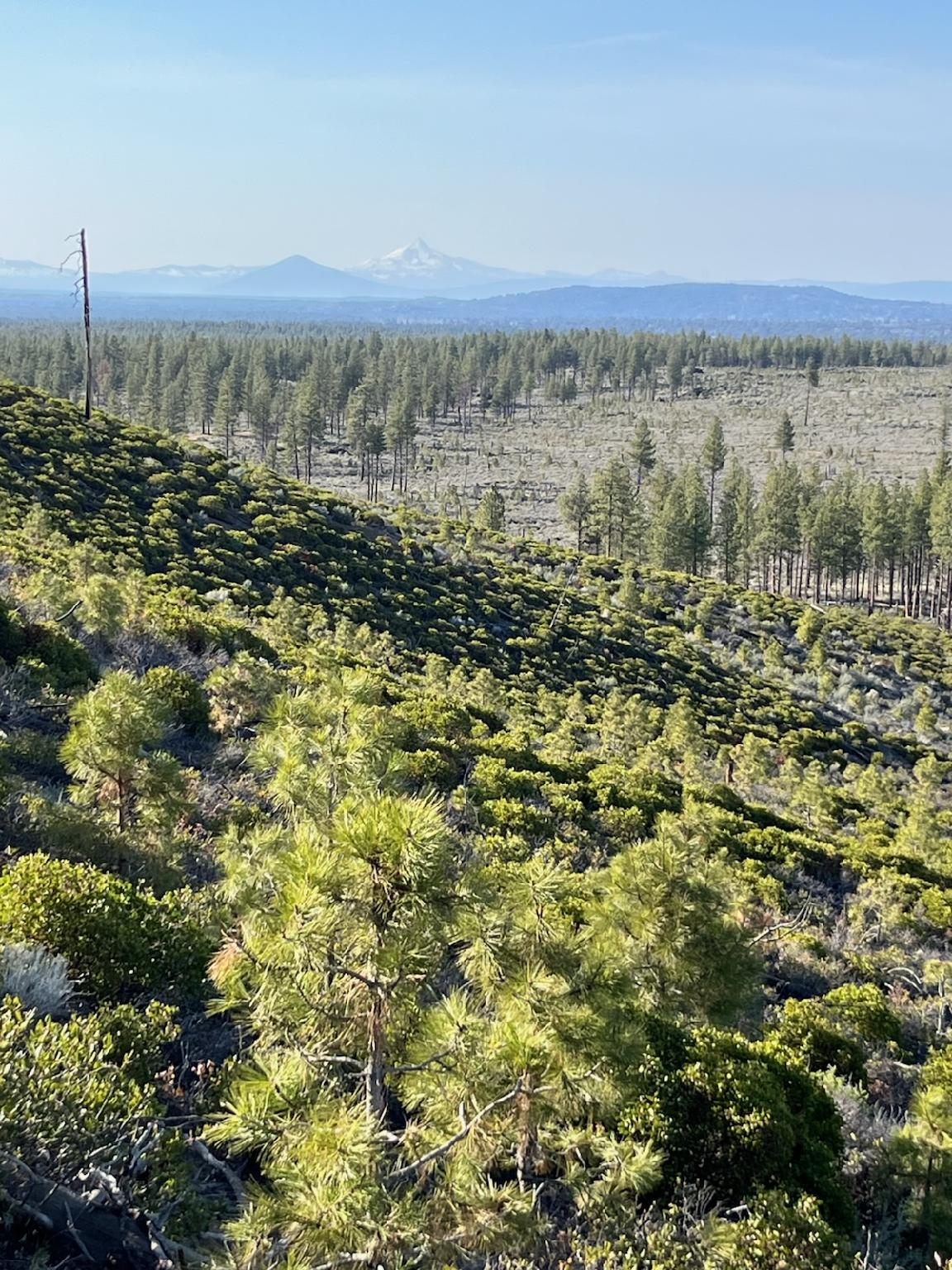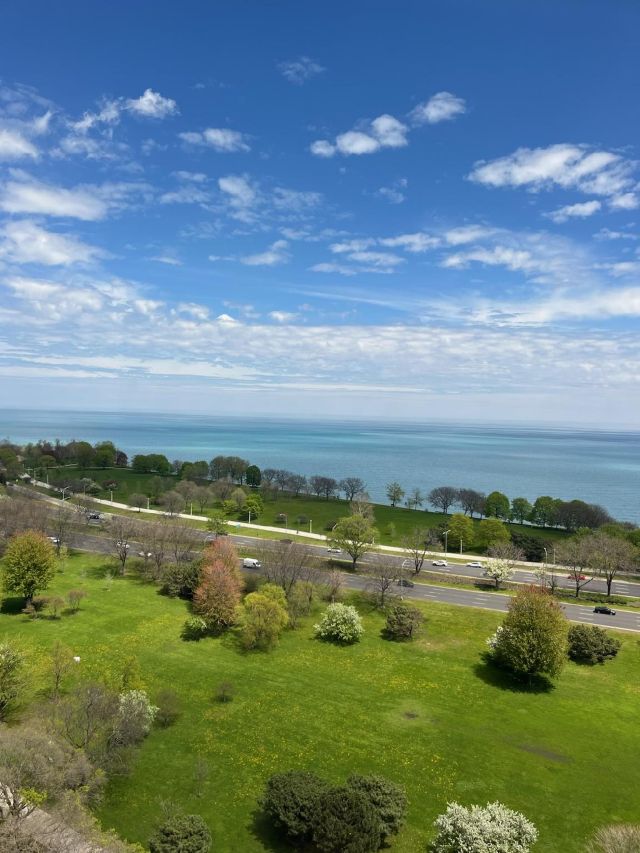In the Alps, climbing into Tour history
Published 5:00 am Tuesday, July 19, 2011
Before Peter Thomson ran bicycle tours in the Alps, he watched the Tour de France on a small television as a teenage cyclist in rural Scotland. As professionals attacked the famous climbs, in the shadow of snowy peaks, through glaciers and meadows, Thomson sat transfixed.
When later he competed in the Alps for the first time, he fell behind the peloton. So this week, as the Tour celebrates its 100th anniversary in the Alps, Thomson’s experiences illustrate what those mountains often mean to cyclists: part poetry, part pain.
“I’m sure those incredible images that captivated me have had the same effect on millions of cyclists throughout the past 100 years,” Thomson wrote in an e-mail.
To commemorate the anniversary, officials scheduled this week of the Tour de France in the Alps, and filled it with four mountaintop finishes, including the highest finish, in elevation, in Tour history. The entire race features 23 “level two,” “level one” or “highest level” mountain passes or summits. The cyclists will encounter 10 of those in the Alps; a fitting — and steep — tribute.
If this race is not won in the Alps, as expected, it will most certainly be lost there.
The part of the Alps the race will cover, near the border with Italy, made its grand Tour de France entrance in 1911.
According to reports, 84 cyclists started that race but only 28 finished. Emile Georget, the French cyclist who won the first stage in the Alps, came in third.
The climb introduced in 1911, the Col du Galibier, will be ascended twice in this year’s Tour, at Stage 18 and Stage 19. The first ascent will mark the highest elevation ever for a stage finish, at roughly 8,700 feet. The second will mark the return to perhaps cycling’s most famous climb, the return to Alpe d’Huez.
The retired cyclist Andy Hampsten runs bicycle tours in Italy, sells bicycles in Seattle, and still bicycles all over the world. But his signature cycling moment, the one strangers ask about almost 20 years later, is marked by a sign in the French Alps.
The sign rests at one of the infamous Alpe d’Huez switchbacks, the 21 hairpin turns that define the signature stage of the Tour de France. There, cycling fans clog the road, paint the names of cyclists on the pavement, and sprint alongside the bicycles, uphill, so close to the riders, they can — and do — touch them. Those fans come to worship at the temple of professional cycling, and amid the carnival atmosphere created by the race.
Over the years, Alpe d’Huez was jokingly labeled the highest point in Holland because so many Dutch cyclists had won the stages that finished there. Those winners, like Hampsten, who captured that stage in 1992, are immortalized with signs.
“The Alpe d’Huez looks like it was designed by Heidi’s grandfather,” said Paul Rogen, Thomson’s business partner. “There are cows with bells and wonderful meadows and grass on the rooftops. The bicycle is the perfect way to get there, to smell it and feel it. You keep climbing and climbing, and there are all these crowds. It’s like 200,000 people having a picnic.”
Last year the Tour celebrated its centennial in the Pyrenees, the other series of mountains the riders climb each July, including throughout last week. For Paul Sherwen, the retired cyclist and Versus commentator, the Pyrenees feature smaller, rougher roads in less developed towns. The Alps normally ride faster, because of the smoother surface, Sherwen said, and boast more stunning, wide-open views.
Sherwen learned about the Alps the hard way. In one Tour de France, in the late 1970s, Sherwen said he and the other cyclists went up the Alpe d’Huez twice in two days. On the next day, a rest day, the manager of his team took the riders to the bottom and instructed them to climb it again.
“I’ve always found the Alps much more dramatic than the Pyrenees,” Sherwen said. “Especially the climbs. They’re iconic.”
Asked to describe his favorite climbs in the Alps, Thomson detailed the Col de la Bonette (most spectacular climb), the Col d’Izoard (landscapes that change from desert-like to pine forests), the Cormet de Roseland (stunning views) and the Galibier (because, well, it’s the Galibier).
Such climbs, Sherwen said, favor cyclists who weigh 55 to 65 kilograms (roughly 121 to 143 pounds). The best climbers in Tour history — from Eddy Merckx to the late Marco Pantani to Greg LeMond to, now, Alberto Contador and Andy Schleck — only sometimes fit that range.
But one expert climber, more than any other, brought cyclists, especially U.S. cyclists who had survived cancer or knew someone who suffered from it, into the Alps. His name, of course, is Lance Armstrong.
Thomson took Texans into the Alps to follow Armstrong. He took postal workers, too. Once, he tended an overcrowded bar while Sheryl Crow, then Armstrong’s girlfriend, watched with the huddled masses on a 13-inch television.
Another time, Thomson, while alone, spotted Armstrong riding by, but Thomson fumbled with his camera. He swore loudly in French, but 10 seconds later, Armstrong tapped him on the shoulder, asking if he wanted to take a picture. Of course.
“This is like a trip to Mecca for cyclists,” Rogen said. “A lot of cyclists are lonely. They’re the only rider in their town. You come here, and you’re surrounded by tens of thousands just like you. And you think, these are my people. This is my religion.”
This year the Tour de France, as usual, is expected to be decided in the mountains. Last year Schleck and Contador chased each other up the Pyrenees until Schleck’s bike chain came off and Contador pushed ahead, a move that prompted Schleck to say, “My stomach is full of anger.” This year, with his fellow cyclist brother, Frank, healthy, and with Contador behind, Schleck stands among the favorites.
“I’m not revealing any great secret by saying that the Tour will be won in the Alps this year, and for me, the rider wearing yellow on top of Galibier at Stage 18 will be the winner in Paris,” Andy Schleck told reporters before the Tour.
Loren Siekman founded Discover France Adventures, and as one of four licensed VIP Tour de France operators, he takes everyday cyclists up the same route the professionals will traverse later. The centennial did not increase his business, he said, but Siekman said the Alps always provide a draw. His groups start in the morning and head uphill, often including riders twice as old as the professionals and half as fast.
But they go for the same reasons. “Every day, you have hundreds, if not thousands, of cyclists,” Siekman said. “Everybody wants to ride in the Alps. It’s a rite of passage.”
Or ride of passage, as the case may be. As the cyclists head up the Alps as they have over the last century in the Tour de France, those who do not know will find out soon enough.






